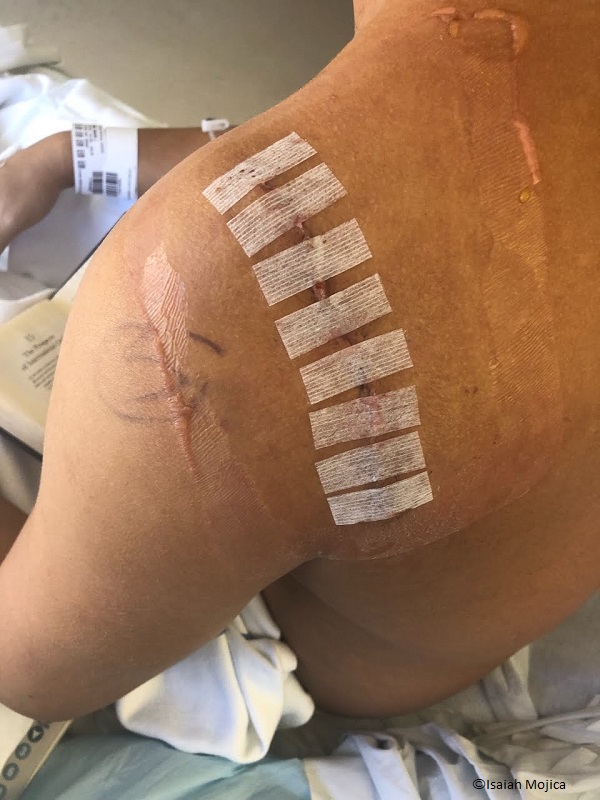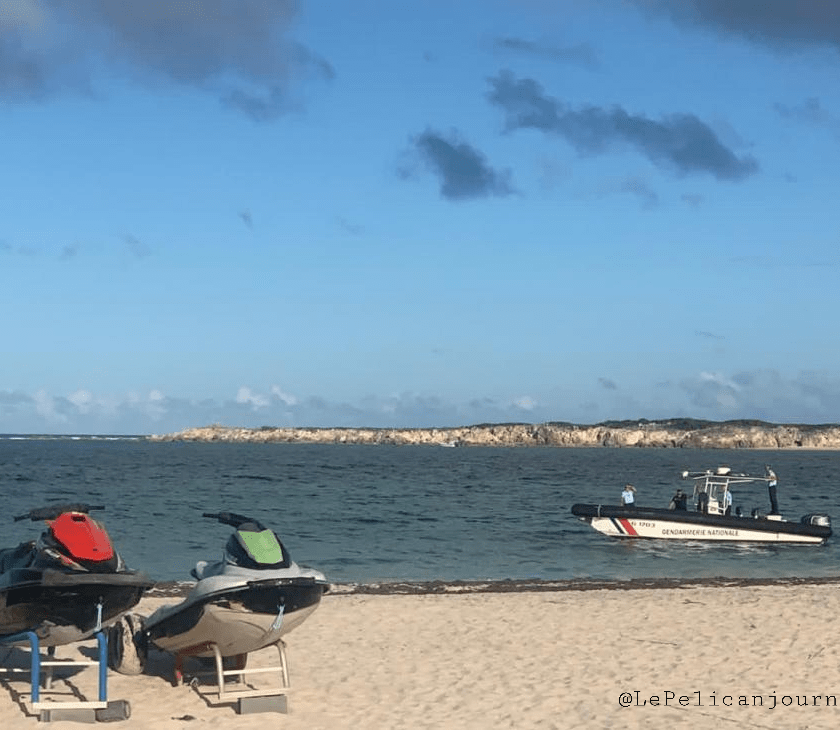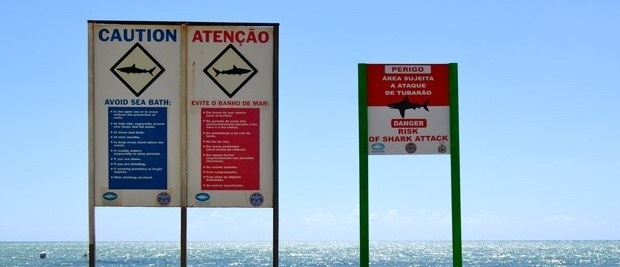One cookiecutter shark bite in a year is rare, and a second is unheard of, but it’s happened in Hawaii.

A long-distance swimmer was attempting to swim the Ka’iwi Channel between Molokai and Oahu April 6, when a cookiecutter shark ruined months of planning.
Isaiah Mojica had traveled from California to enter the well-known Oceans Seven marathon swim challenge.
Once on the island, he met with local swim master Ivan Shigaki, head of the Ka’iwi Channel Swimmers Association with whom he had meticulously planned the swim.
Mojica began the 26-mile swim off Molokai April 5 with a support boat and kayak at 6 p.m. The weather was nearly perfect as he reached the deepest part of the channel. Just before 1 a.m., he spotted movement below him.
“It was kind of brown and it kind of looked like a fish. It was really hard to see because it was dark. I thought I saw it move maybe five or ten feet below me,” he told Tracking Sharks by phone.
The 23-year-old only had a small light attached to the back of his goggles and both the support kayak and boat were using only navigational lights. In addition to the elevated navigational light, the kayak had been running a Shark Shield, which generates an electrical field to deter curious sharks.
Related: Third cookiecutter shark bite this year reported in Hawaii
“I was swimming and I felt the shark shield going off and felt a little tingly. So, I stopped, and as I was wading in water, I felt something, like someone almost grabbing my shoulder, a grab and a twist. I reached back and felt my shoulder and I could feel this hole that was a couple of inches deep into my shoulder.”
Mojica read about Eric Schall, another channel swimmer who had attempted the swim three weeks earlier and had been bitten by a cookiecutter shark.
“I almost instantly knew what had happened. In my mind, I put the pieces together and it was ‘oh it’s a cookiecutter.’ That was the first thing that went through my mind. The second was I want to get out of the water.”
Mojica attempted to board the support kayak which was next to the boat, and quickly capsized the one-person vessel.
Shigaki and a crew member grabbed Mojica and pulled him onto the boat. The U.S. Coast Guard-certified boat captain assessed Mojica’s wound and applied blood clotting materials to the estimated 4-inch oblong wound, from what he described as a 1-foot long grey fish.
The group then boated to Oahu where Mojica was taken to The Queen’s Medical Center. Doctors sutured the 3-inch deep hole and prescribed a round of antibiotics.
While he may require reconstructive surgery, Mojica’s thoughts on sharks haven’t changed much.
“I went into the swim knowing it is the shark’s home. It’s one of the risks that’s inherent to swimming. I don’t really hold any animosity to the shark or sharks in general.
“I was really fortunate that it bit me where it did and everyone was so good with getting me onboard. The medical staff and everyone did such a good job through the whole process.
“It was an unfortunate thing to happen, but within that unfortunate event, I was very fortunate. It could have been a lot worse.”
Mojica is unsure if he will attempt the Ka’iwi Channel challenge again, but has plans on getting back in the water off the California coast.
It is extremely rare to have two cookiecutter shark bites in one year. However, both occurred in the same general area in the deepest part of the channel. It is thought that small sharks come to the surface at night to feed.
There has only been one confirmed case Tracking Sharks is aware of involving a cookiecutter shark in shallow water.
In that instance, Jack Tolley, 7, was bitten on the leg while wading in Alma Bay, North Queensland. It is believed the shark may have been sick or injured and had wandered into the bay.
Another interesting point of the story was the use of the Shark Shield which uses an electromagnetic field to deter sharks. The product has proven very reliable in repelling large sharks.
“The bulk of the independent scientific research on Shark Shield over the past twenty years has been conducted on white sharks in both South Africa and South Australia; in all these tests Ocean Guardian was proven effective in deterring white sharks,” said Bree Turner, Oceans Guardians Marketing Manager.
“Some sharks, in particular the bottom feeders, including wobbegong sharks, carpet and Port Jackson sharks, have their ampullae of Lorenzini (sensing organs) located under their snouts, and as such have a diminished response to the Ocean Guardian wave form.
“A small number of sharks such as the sevengill and gray nurse shark, have a diminished ampullae so are less affected. The sharks that fall into these categories are, in general, not considered dangerous to humans. Perhaps the cookiecutter shark falls into one of the above categories of shark?” she added.
While the chance of a shark attack is rare, Tracking Sharks recommends deep water swimmers use a shark shield during their challenge competitions.
There have been a total of 20 shark attack bites (18 with injury, 4 of which are considered provoked*) publicly reported and verified in 2019. One fatal**; nine were reported in the U.S (including zero fatal), with 4 occurring in Florida and 4 in Hawaii. Five have been reported in Australia, zero fatal. Four unconfirmed bites, worldwide, not included in the total count.
All locations have been marked on the 2019 Shark Attack Map.
*Provoked defined as spearfishing, feeding sharks, fishing, etc. (listed with green marker).
**Zero possible scavenge

